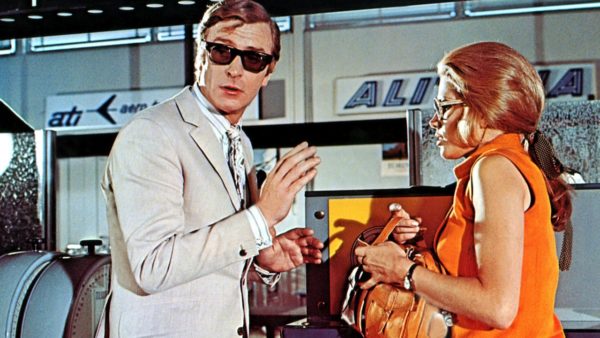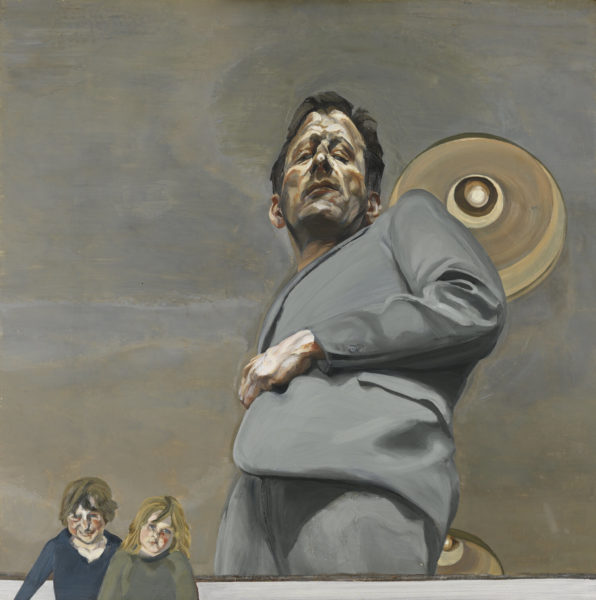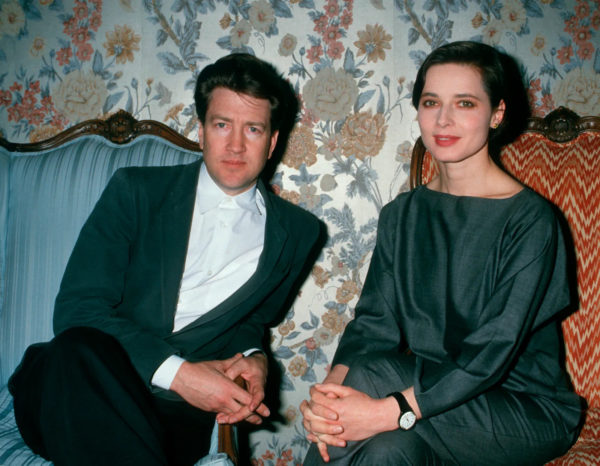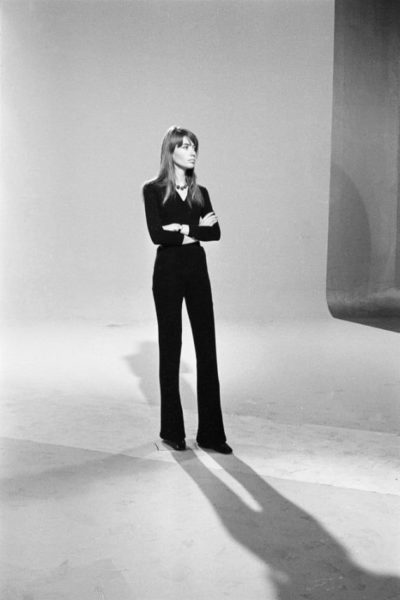Jean-Michel Basquiat is the one artist who brought street art to New York’s art galleries. But the artist also paid attention to clothes and style. For Jean-Charles de Castelbajac, « the way he dressed was an integral part of his art. »
Just as he had reconciled two artistic worlds that, until then, had only evolved separately from each other, Basquiat put together a priori contradictory articles of clothing : suits with sneakers, a sweatshirt or a creased shirt, a jacket with mismatched pants and a clashing tie – combinations that were then unexpected but always a success.
In other words, the way he dressed is a sort of handiwork really close to his art : Basquiat, very poor in his early stages of life, painted on whatever he could find, bringing burnt buildings’ doors into his studio : an economical use of resources that became creation itself.
Once he was wealthy, Basquiat dressed and worked in Armani suits, he elegantly wore a paint covered suit immortalized on the cover of the February 10th, 1985 issue of the New York Times Magazine. Basquiat, in spite of the photographer and editor’s urgings, refused to wear shoes and posed barefoot. All the better : this photograph is, without a doubt, the best evidence of Basquiat’s relationship to his clothes where comfort, elegance and casualness came together in perfect harmony.
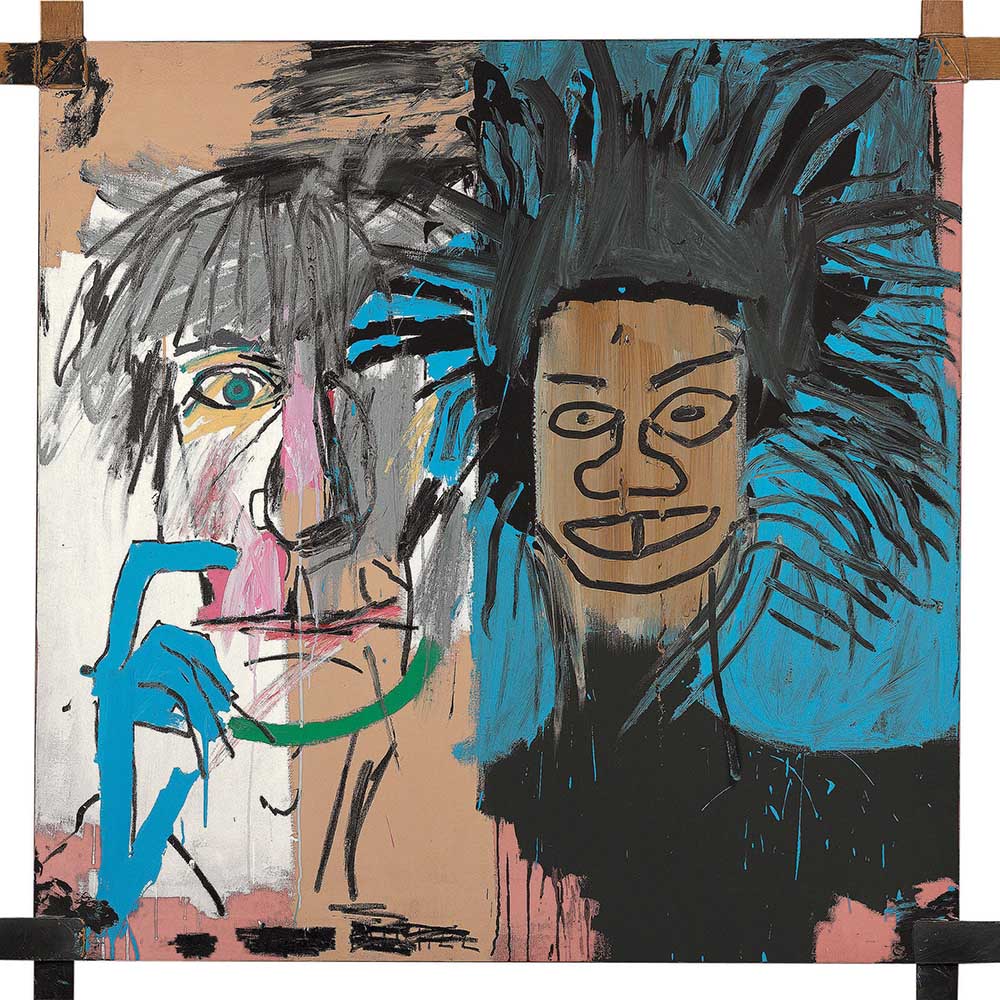
BASQUIAT, Jean-Michel, art. Dos Cabezas. 1982. acrylic on wood, 151.8 cm × 154 cm. 1982.

BASQUIAT, Jean-Michel. New York City, United-States. The New York Times, 1985.

BASQUIAT, Jean-Michel. WARHOL, Andy. Factory, New York City, United-States. 1982

WARHOL, Andy, phot. Jean-Michel Basquiat boarding a private jet. New York City, United-States. 1983.
- COTTON« Soft, but with weight. Relaxed, but never shapeless. It carries memory in its creases. »
- LUCIAN FREUD« from borrowed suits to bespoke tailoring, Freud’s fashion choices evolved with his art »
- DAVID LYNCH« The oddest of Americans, the most American of oddballs, Lynch was a man with a uniform. »
- THE FLARED TROUSER
